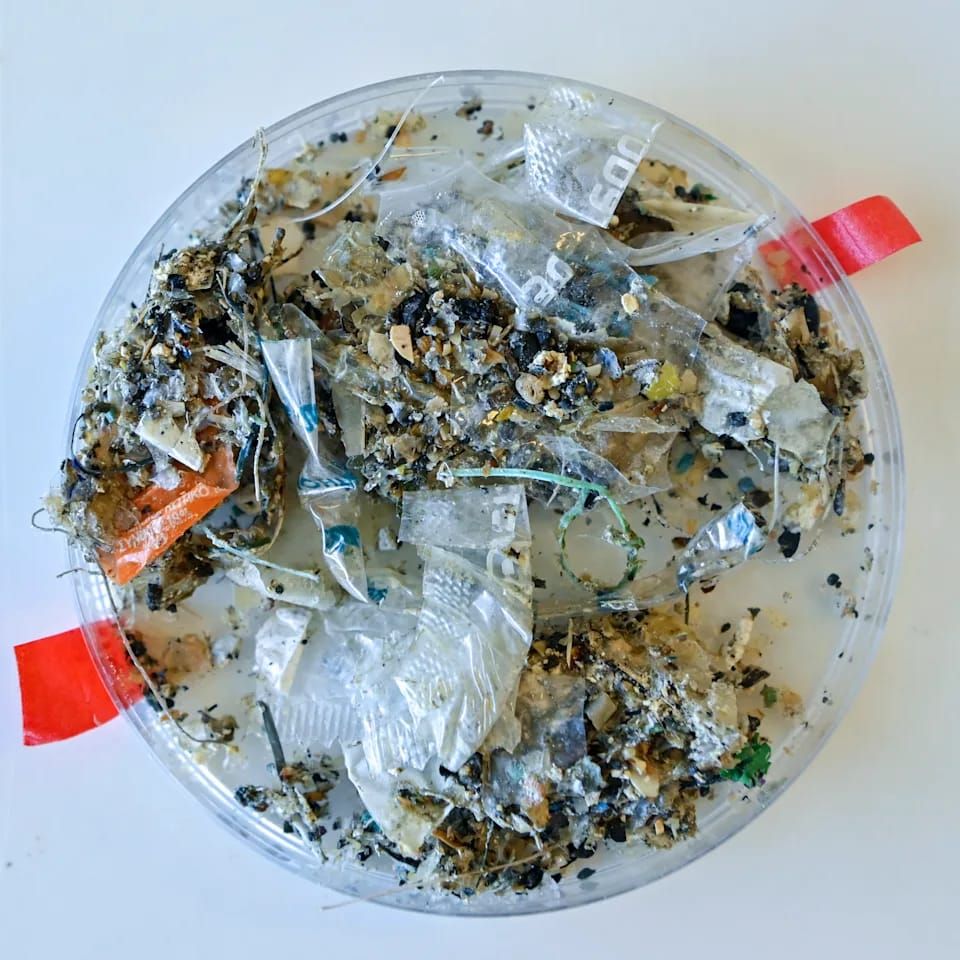
As the global community grapples with an escalating plastics crisis, a recent report published in The Lancet highlights alarming trends in plastic production and pollution. Since 1950, plastic production has surged more than 200-fold, and experts warn it is on track to triple again by 2060. Currently, an estimated eight billion tonnes of plastic waste exists globally, with less than 10% being recycled. The environmental and human health impacts of this crisis are staggering, costing an estimated $1.5 trillion (approx. £1.13 trillion) annually.
This warning comes amid ongoing negotiations toward the world’s first-ever global plastics treaty, where over 100 countries have expressed support for a cap on plastic production. However, progress has been hindered by opposition from major oil-producing nations of Russia and Saudi Arabia, whose economic interests are closely tied to the petrochemical industries.
The Surprising Leading Sources of Microplastic Pollution
While public focus and legislation have often targeted single-use plastics — such as bags, straws, and bottles — a 2017 report from the International Union for the Conservation of Nature (IUCN) reveals that synthetic textiles and vehicle tyres are the largest contributors to microplastic pollution.
1. Synthetic Clothing (35%)
Synthetic fabrics such as polyester, nylon, and acrylic release tiny plastic particles during washing. These microfibres are too small to be captured by standard water treatment systems and ultimately end up in rivers and oceans. According to the IUCN, these fibres account for 35% of total microplastic pollution, making synthetic clothing the single largest source.
2. Tyre Wear and Tear (28%)
Tyres, while traditionally made from rubber, now contain a significant portion of synthetic polymers. During driving, especially when braking or cornering, microscopic particles wear off the tyres and are dispersed into the environment. The source contributes around 28% of global microplastic pollution.
A Shift in Focus Needed
These findings suggest that to truly combat plastic pollution, environmental efforts must expand beyond banning single-use items and address more pervasive but less visible sources. Innovations in textile production, improved wastewater filtration, and sustainable tyre technologies may be crucial in reducing the burden of microplastics on ecosystems and public health.
As the world edges closer to a binding international agreement on plastics, understanding the true scale and origin of plastic pollution is vital. Without such knowledge, meaningful change may remain out of reach.
